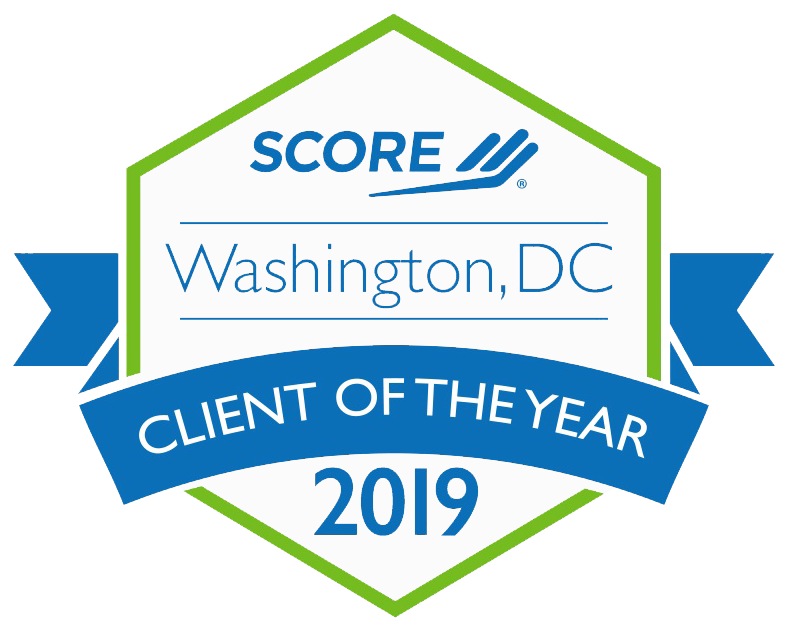What’s the big idea?
Unless you weren’t watching the news the past few months, you were probably very aware that a Federal government partial shutdown took place earlier this year. While this impacted more people than others, as someone living in the Washington, DC area this actually felt personal. While we won’t go into the politics behind this decision, we can agree that many people experienced severe hardships as a hefty percentage of people do not have adequate savings to sustain themselves during a difficult period without pay and, some were forced to work without pay. Since the Federal government was unable to provide support, this fell to nonprofits and local government agencies to address these challenges. I am focusing on two organizations, Interfaith Works and Manna Food Center to describe what they experienced and also share more via a report published by the Metropolitan Washington Council of Governments (MWCOG) and survey published by the Center for Nonprofit Advancement.
BIG QUESTION:
How did community-based organizations and local government agencies respond to the Federal shutdown?
Case Study: The collective impact of a local response
Speaking with Manna Food Center and Interfaith Works, it reinforced two things: 1) Nonprofits provide critical support during times of crisis and 2) They do work together towards a common goal when a great need arises. Manna shared that they had an uptick in need with an additional 106 households receiving food (translating to 325 people in total with 129 being children). They actually waived their income eligibility requirements so furloughed employees could receive food. They also received an extra 28,000 pounds of donated food and leveraged the MLK Day of Service for an additional 200 volu nteers providing support. Interfaith Works offered more referral support through their IW Connections program and worked with Pepco to relax rules to offer emergency assistance support for people unable to pay their rental or utilities. Fortunately, this was not needed as the Shutdown ended before the funds were utilized. Both organizations also worked with the Montgomery County Council and other agencies and organizations to develop a coordinated response for information sharing, referrals and other emergency assistance needs. This led to a more collective response to deepen the level of support provided to those impacted.
nteers providing support. Interfaith Works offered more referral support through their IW Connections program and worked with Pepco to relax rules to offer emergency assistance support for people unable to pay their rental or utilities. Fortunately, this was not needed as the Shutdown ended before the funds were utilized. Both organizations also worked with the Montgomery County Council and other agencies and organizations to develop a coordinated response for information sharing, referrals and other emergency assistance needs. This led to a more collective response to deepen the level of support provided to those impacted.
MWCOG issued a report on February 2019 entitled Responding to the Partial Federal Government Shutdown that indicated, “During the shutdown, local governments stepped up and offered a wide range of support to area residents. They did so in coordination with a strong network of partners, including nonprofits, charities, faith-based organizations, utilities, and businesses, providing food, financial assistance, and employment services. Some jurisdictions offered free public transit to affected workers as well as reduced fees for city and county recreational opportunities. Many also shared information for people to cope with stress.” A survey of the impact of the shutdown conducted by the Center for Nonprofit Advancement of nonprofits in Maryland, Washington, DC and Virginia found that:
- 50% experienced an uptick in services required, but only 30%had adequate supplies to serve them. Of those, 60% had to tap into their reserves.
- Even though just over 50% of the respondents receive Federal funding, multiple other organizations were impacted.
What should we learn from this?
Local support matters – As demonstrated by these organizations, even situations at the Federal level have a direct impact in our community. The support of county and city agencies, nonprofits and other philanthropic funders and donors is critical during such emergency periods.
Be prepared – Sometimes a crisis cannot be averted. If your organization does not have a plan of action, that could deplete your reserves and greatly impact your ongoing programs. Can you develop such a plan with your board and also incorporate coordination with funders, in-kind partners and other stakeholders to plan ahead?
Nonprofits do more with less – The nonprofits continued to operate and were also willing to serve more people. The committed to the cause superseded the financial impact it would have on the organization. This showcases the deep connection to the organization’s mission and dedication to the population in need.
Collaborative responses work – When agencies and community-based organizations work together, great things happen. A strategic and thoughtful response can be extremely effective and necessary during times of need.
How would you respond to a crisis within your organization? Are you able to set up appropriate measure to accept more people and do more work?





